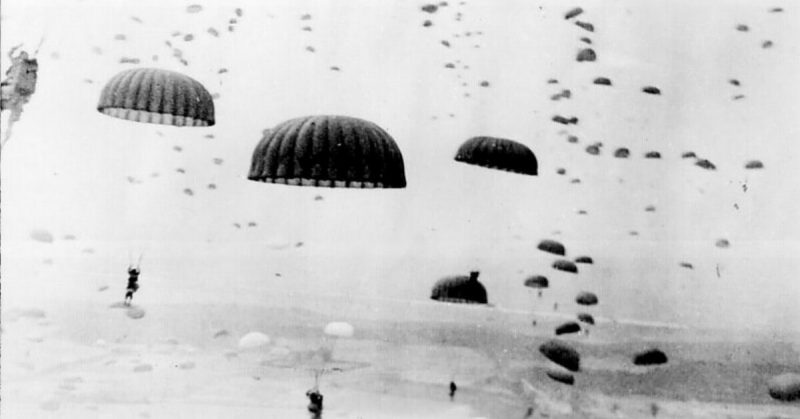Operation Market Garden was one of the boldest moves by Allied forces in the Second World War. The ambition shown in this plan proved greater than the Allied ability to defeat the Germans. Despite the courage and daring involved, Market Garden would end in disaster, both for the Allies and for the inhabitants of the Dutch city of Arnhem.
Stopping the Rockets
At the start of September 1944, the shape of the Allied advance was changing. British General Montgomery, who had led the Allied forces for the initial landings in France, was replaced as overall commander by the American Eisenhower.
Promoted to Field Marshal as compensation for his lost authority, Montgomery was given a new focus. Leading the 21st Army Group north-east into the Low Countries, he hoped to end the attacks on London by V1 and V2 rockets, seize the strategically important port of Antwerp and invade northern Germany.
A Two Part Plan
To achieve this, Montgomery overcame his usual caution and developed a bold plan. Airborne troops would land along the road from Eindhoven to Arnhem in the Netherlands. They would seize five bridges before the Germans could destroy them.
The Second Army would then advance along the line of these bridges, forcing a corridor through the Netherlands and into Germany.
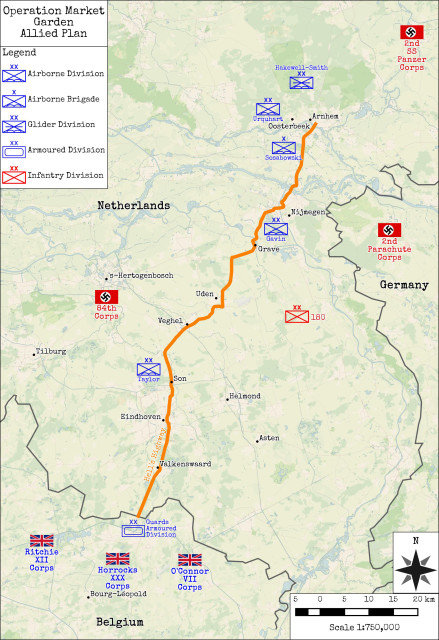
The airborne landings – the most ambitious ever conducted at that point – were codenamed Market, the and the land advance codenamed Garden, making the combined plan Operation Market Garden.
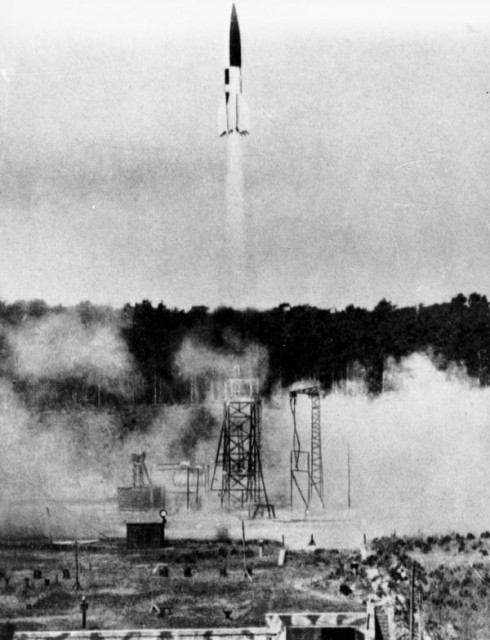
17 September: The First Landings
On 17 September, thousands of aircraft set out to drop the first wave of paratroopers. The British 1st Airborne, known as the Red Devils, together with the 1st Polish Parachute Brigade, had the toughest task. Led by Major-General Robert Urquhart, they would take the final bridge, at the city of Arnhem.
The operation began badly for Urquhart’s men. Fear of anti-aircraft fire prevented them being dropped close to the bridge. Landing seven miles away they lost the element of surprise.
The German troops they faced proved tougher than expected, despite warnings given by the Dutch resistance that two SS divisions were being refitted near Arnhem.
The glider elements remained at the landing zones and the parachutists started off towards Arnhem to take the bridges.
Battle for the Bridge
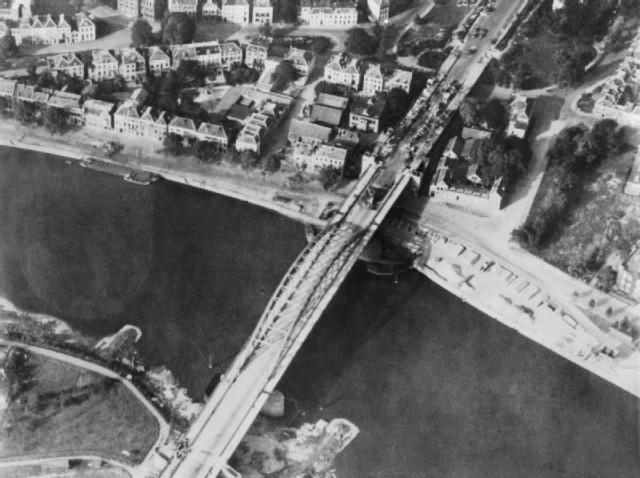
The advance was held up by civilians wanting to welcome them as liberators, and by failures in their communications gear. Heavy enemy fire held up two battalions on the main roads, but troops led by Lieutenant-Colonel John Frost reached the bridge taking a smaller road. As the day ended, Frost’s men took up positions in houses at the north end of the bridge.
An initial assault by Frost and his troops tp take the southern end of the bridge was driven back. They barricaded themselves in the houses on the north side of the bridge thereby preventing the German attempts to advance across the bridge, despite artillery and tank fire reducing their defensive positions to burning ruins within 24 hours.
A loss of Leadership
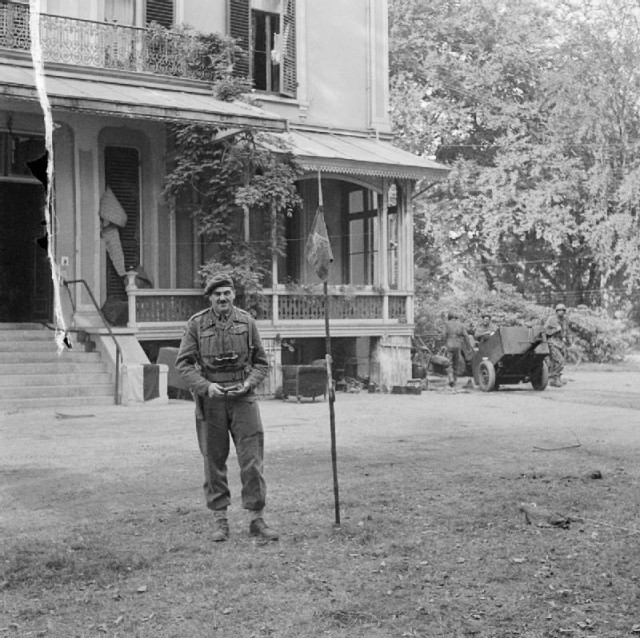
With radios failing, Urquhart headed to the front in a jeep to assess the situation. He found his deputy, Brigadier-General Gerald Lathbury, just before fierce street fighting erupted.
Lathbury was injured and captured by the Germans while Urquhart was forced to hide in an attic. By the time he was able to return to headquarters the next day, he had been reported missing, presumed captured.
18 September: Landing in Hell
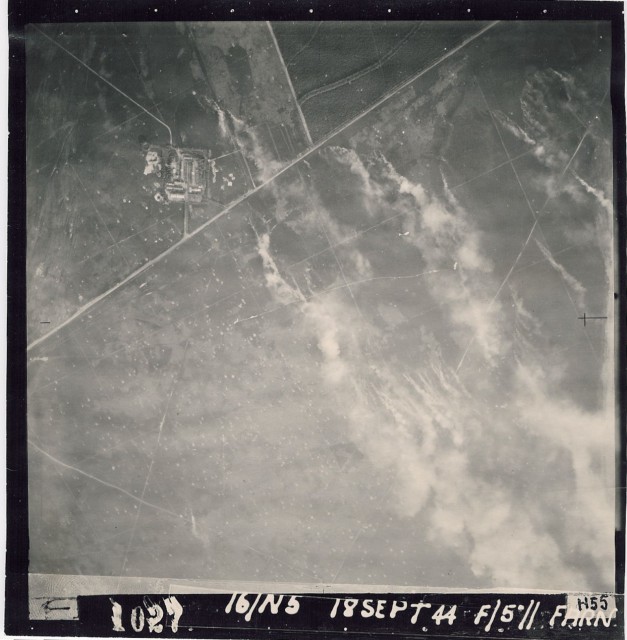
Meanwhile, the second day of landings took place. Poor weather delayed the second lift until 1600 hours. The Germans had captured a copy of the Market Garden plan from a crashed glider and received them with guns blazing.
The scattered Allied forces were fending off tanks with grenades and Sten guns. Against the odds, they held on to the north end of the bridge. If the plan worked they would soon see the Second Army approach from the south.
But there was no sign of relief.
19 September: Supply Problems
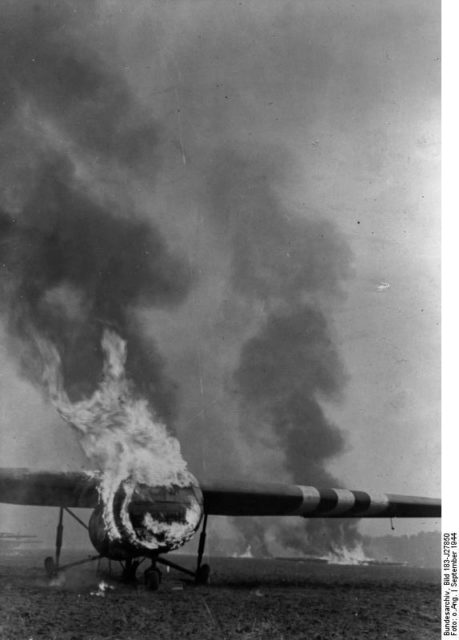
The troops landing on the third day received another rough reception. Polish paratroopers were delayed by bad weather while their gliders landed in a crossfire in the battle zone.
The Germans had captured the landing zones, and Urquhart radioed for supplies to be dropped near his new headquarters instead. But the broken radios meant the message did not get through. Less than a tenth of the ammunition, medicine, and food the RAF dropped reached the Allies.
20-21 September: Surrounded
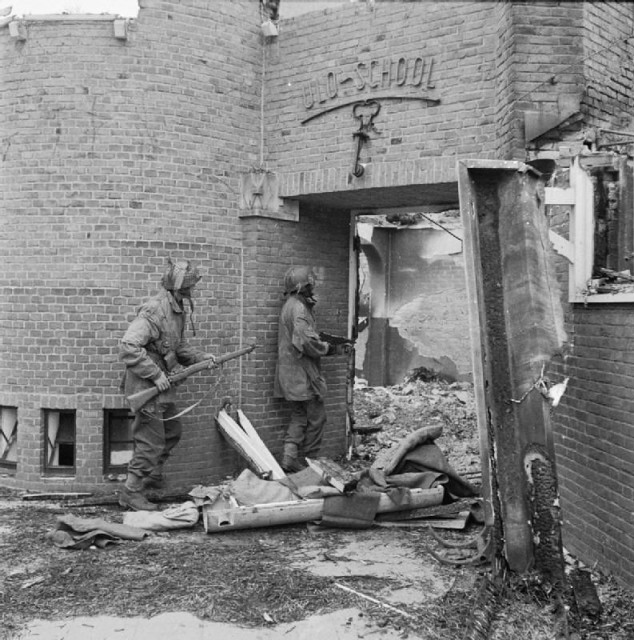
By the end of 19 September the Second Army was ten miles away at Nijmegen, but unable to break through because the bridges across the Waal river were still in German hands. Urquhart’s forces were pushed back into an area around his headquarters at the Hartenstein Hotel in Oosterbeek, leaving Frost and his men on their own at the bridge.
On the morning of 20 September, most of Frost’s positions were overrun. Now controlling the bridge, the Germans sent Panzers across to halt the Second Army, which had managed to take the bridges at Nijmegen later that day.
Polish troops were dropped south of the river on 21 September. Landing on top of the Germans, they suffered many casualties. Finding that the ferry they’d hoped to use was gone, some swam across the river to join Urquhart, while the rest dug in on the south bank at Driel.
22-25 September: Stalemate & A Muffled Withdrawal
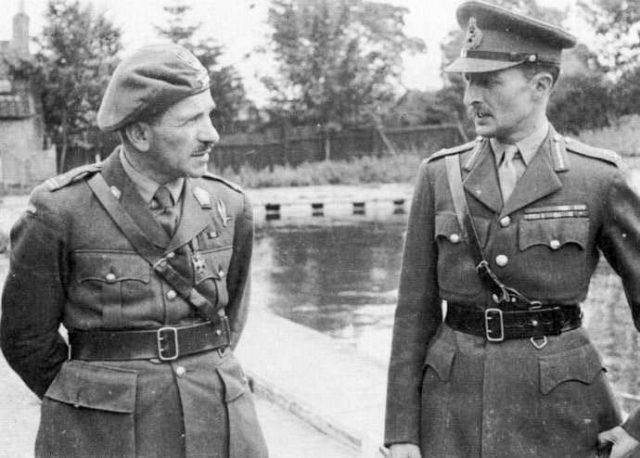
On 22 September, the Second Army finally reached the river and made contact with Urquhart. The Poles made many attempts to cross the river every night, and some 150 made it across. An attempt by the 4th Dorset Regiment on the 24th to cross was driven back. Though Urquhart was now in contact with the main British force, he was surrounded and unable to link up with them.
At last, on the evening of 25 September, the British gave up on taking Arnhem. Wearing muffled boots, Urquhart and his men slipped out of the area they had been defending, reached the Rhine, and were ferried across to safety.
Consequences of Market Garden
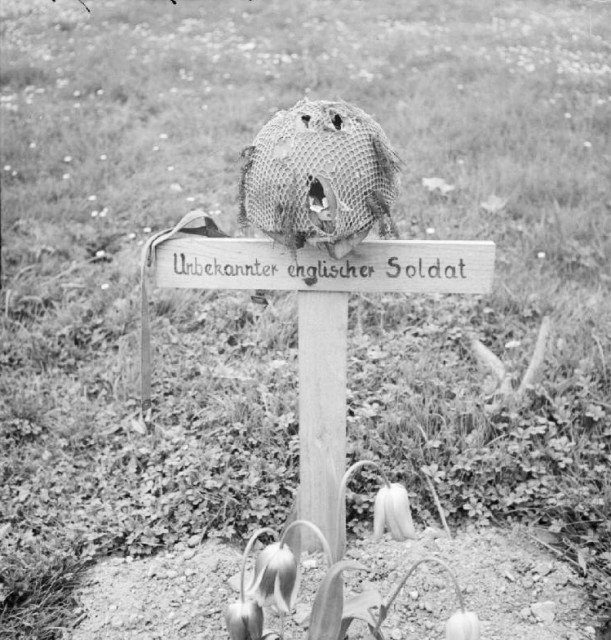
The Allies lost 1,200 dead trying to take Arnhem, as well as 6,642 men left behind injured, missing or captured.
As punishment for welcoming the British, the people of Arnhem were driven out by the Germans. Their homes were destroyed, and when they returned the following year, they had the entire city to rebuild.
